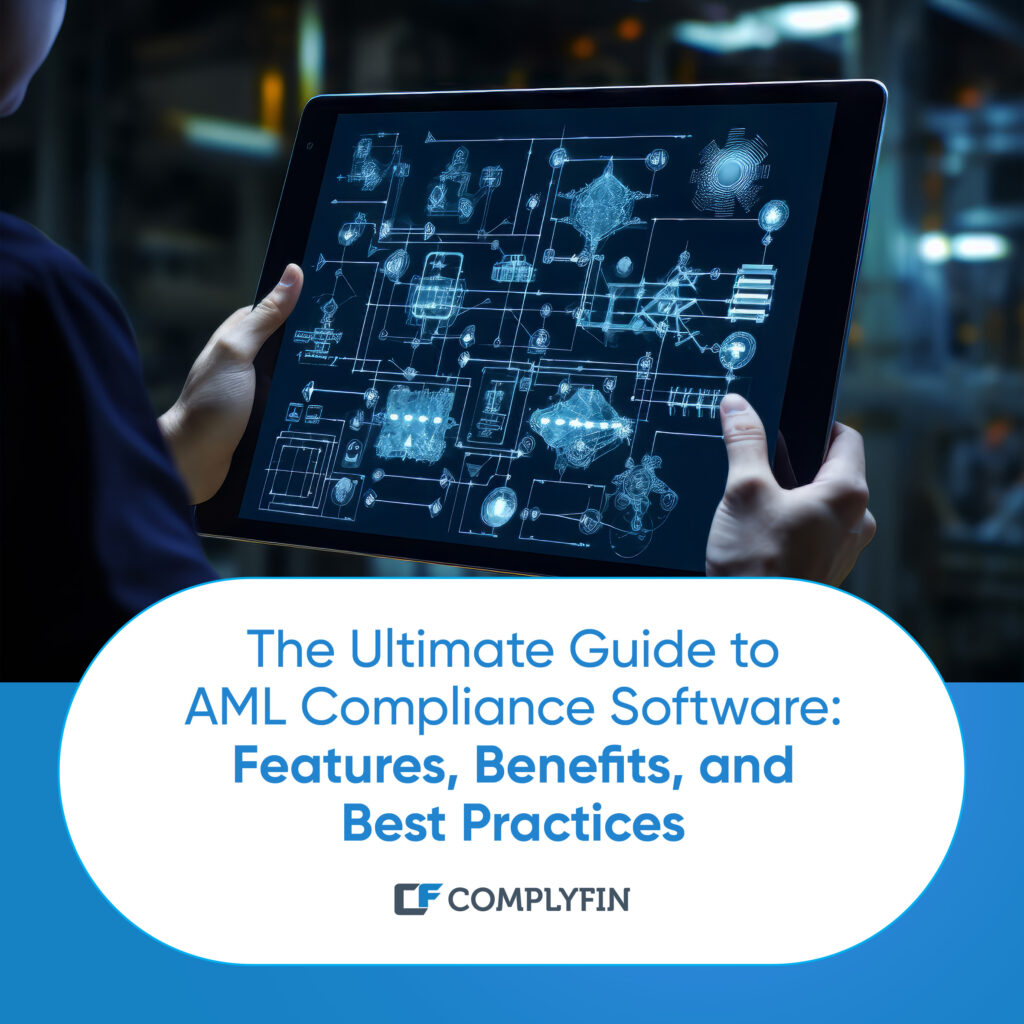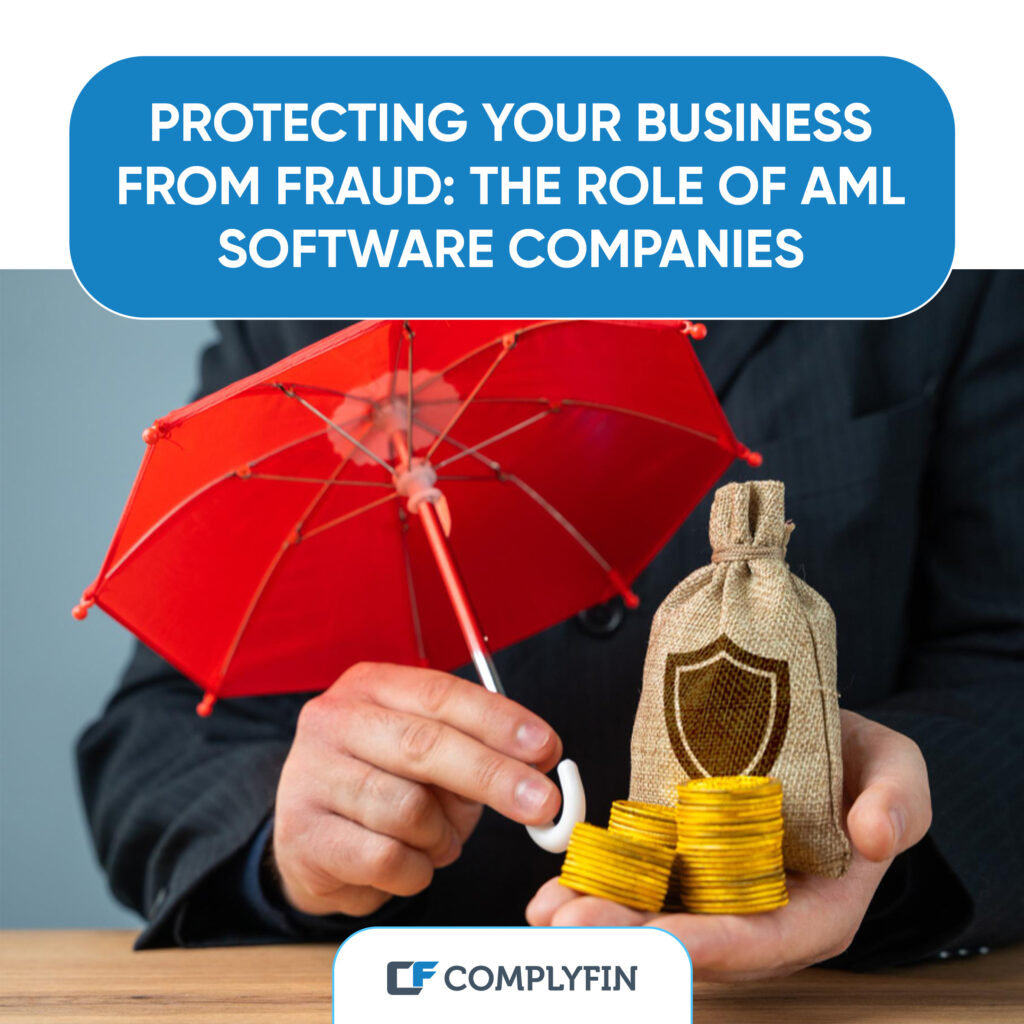Facing increasingly strict anti-money laundering (AML) regulations, financial institutions require robust technology to effectively monitor transactions and detect suspicious activities. Anti-money laundering software automates manual processes to screen customers, transactions, and activities against sanctions lists in real-time. Here are key things to know about selecting and using this critical tool.
Key Features of AML Compliance Software
Leading AML/CFT software solutions providers incorporate artificial intelligence and machine learning to continuously refine risk assessments based on transaction patterns and customer profiles. Core capabilities include customer due diligence automation, sanctions screening, transaction monitoring with risk scoring, case management workflow, and reporting. Integrated options like identity verification, document storage, and third-party database searches add more layers of protection. Advanced versions apply entity linking across accounts to get a holistic view of customer networks.
Benefits of AML Software
AML compliance is a complex task often spread across departments and systems. The software streamlines it onto a single integrated platform. It saves substantial time in repetitive data entry, screening, and paperwork while freeing up resources for higher-risk investigations. Automated screening catches issues the human eye may miss. Built-in controls ensure standard processes are followed correctly. Centralized case management improves collaboration and oversight. Regular software updates keep implementations current with changing risks and regulations.
Best Practices for Implementation
A phased approach is recommended, starting with critical transaction monitoring capabilities before adding advanced layers. It’s vital to do extensive data mapping and testing to properly configure integration and optimize performance. Comprehensive user training customized to roles is equally important for effective use of the platform. Critical success factors include executive support, cross-functional participation in configuration, and ongoing change management. Auditable reports ensure supervisory reviews capture red flags in a timely manner. Rigorous ongoing reviews help refine configurations and address gaps as risks evolve over time.
As AML regulations tighten globally, AML compliance software solutions have become indispensable for financial institutions to strengthen controls, streamline operations, and realize real ROI. A structured implementation focused on getting core functionality live initially followed by ongoing optimization allows institutions to maximize benefits over time. Experienced firms like ComplyFin can help you provide specialized solutions and services.




